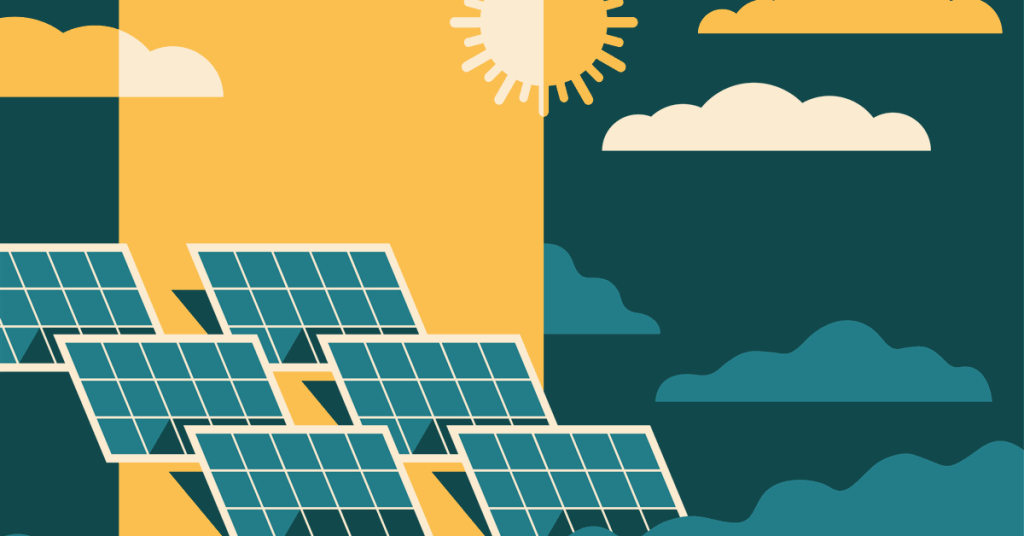Statkraft said it has signed an agreement to sell Enerfín Colombia, its renewables portfolio in Colombia, to the country’s national oil company Ecopetrol.
The transaction includes staff, eight projects under development, and the 130-megawatt (MW) Portón del Sol solar plant, which entered into operation over a year ago and is the first utility-scale solar plant in Colombia, Oslo, Norway-based Statkraft said in a news release.
The sale is expected to be completed during the third quarter, subject to regular approvals by the authorities, according to the release. Financial terms of the deal were not disclosed.
Statkraft said it acquired its Colombian renewables portfolio as part of the Enerfín transaction in May 2024. The deal “significantly strengthened Statkraft’s position in Spain and Brazil, placing Statkraft among the top 10 wind power producers in Spain and Brazil,” the company said.
The acquisition added a portfolio of 1.5 gigawatts (GW) of wind and solar power projects in operation and under construction, as well as a pipeline of projects under development by Bogota-based Enerfin Colombia.
“I am pleased to announce that we have successfully signed the second of the planned divestments of our Enerfín portfolio in countries outside Statkraft’s core markets. The deal confirms that Enerfín has built a skilled team and an attractive portfolio in Colombia. We are looking forward to watching the business grow under new ownership,” Barbara Flesche, Statkraft’s executive vice president for Europe, said.
New Hydroplant Planned for Norway
Meanwhile, Statkraft said it is applying for a license to build a new Aura hydropower plant in Sunndal, Norway, with a $0.6 billion (NOK 6 billion) budget.
The new facility aims to deliver 2.5 times the current maximum capacity, the company said in a separate statement.
The current Aura power plant consists of two stations, Aura and Osbu. Since 1953, the facility has been a major contributor to electricity production in the Møre og Romsdal region. It is located near Hydro Sunndal, Europe’s primary and most modern aluminium plant and Norway’s largest power consumer, according to the statement.
Statkraft is applying for a license to build a new power station deeper in the mountain, along with a new tunnel to channel water from the Osbu reservoir. The new turbines will be significantly larger, increasing the plant’s maximum capacity from 310 MW to approximately 810 MW, the company stated.
The upgrade will enable the plant to deliver more electricity during peak demand periods. It will also increase annual energy production by approximately 130 gigawatt-hours in a normal year, bringing total output to the equivalent of the electricity consumption of over 130,000 Norwegian households, the company said.
“Electricity is the backbone of our society and the foundation for value creation across the country. Many hydropower plants now require modernization. At the same time, growing demand and increased production from intermittent energy sources mean we need to be able to generate more electricity exactly when it is needed. By building a new Aura power plant, we can deliver more capacity – and slightly more energy – without adding more water. That’s what the future renewable energy system needs,” Statkraft CEO Birgitte Ringstad Vartdal said.
“The new Aura power plant will bring significant investment to the region, create positive ripple effects for the local community, and generate work for contractors and suppliers,” Vartdal added.
In addition to Aura, Statkraft said it aims to begin upgrades four other major hydropower plants. In total, these projects could increase Statkraft’s installed hydropower capacity in Norway by 1,500 to 2,500 MW.
To contact the author, email rocky.teodoro@rigzone.com
Generated by readers, the comments included herein do not reflect the views and opinions of Rigzone. All comments are subject to editorial review. Off-topic, inappropriate or insulting comments will be removed.
element
var scriptTag = document.createElement(‘script’);
scriptTag.src = url;
scriptTag.async = true;
scriptTag.onload = implementationCode;
scriptTag.onreadystatechange = implementationCode;
location.appendChild(scriptTag);
};
var div = document.getElementById(‘rigzonelogo’);
div.innerHTML += ” +
‘‘ +
”;
var initJobSearch = function () {
//console.log(“call back”);
}
var addMetaPixel = function () {
if (-1 > -1 || -1 > -1) {
/*Meta Pixel Code*/
!function(f,b,e,v,n,t,s)
{if(f.fbq)return;n=f.fbq=function(){n.callMethod?
n.callMethod.apply(n,arguments):n.queue.push(arguments)};
if(!f._fbq)f._fbq=n;n.push=n;n.loaded=!0;n.version=’2.0′;
n.queue=[];t=b.createElement(e);t.async=!0;
t.src=v;s=b.getElementsByTagName(e)[0];
s.parentNode.insertBefore(t,s)}(window, document,’script’,
‘https://connect.facebook.net/en_US/fbevents.js’);
fbq(‘init’, ‘1517407191885185’);
fbq(‘track’, ‘PageView’);
/*End Meta Pixel Code*/
} else if (0 > -1 && 89 > -1)
{
/*Meta Pixel Code*/
!function(f,b,e,v,n,t,s)
{if(f.fbq)return;n=f.fbq=function(){n.callMethod?
n.callMethod.apply(n,arguments):n.queue.push(arguments)};
if(!f._fbq)f._fbq=n;n.push=n;n.loaded=!0;n.version=’2.0′;
n.queue=[];t=b.createElement(e);t.async=!0;
t.src=v;s=b.getElementsByTagName(e)[0];
s.parentNode.insertBefore(t,s)}(window, document,’script’,
‘https://connect.facebook.net/en_US/fbevents.js’);
fbq(‘init’, ‘1517407191885185’);
fbq(‘track’, ‘PageView’);
/*End Meta Pixel Code*/
}
}
// function gtmFunctionForLayout()
// {
//loadJS(“https://www.googletagmanager.com/gtag/js?id=G-K6ZDLWV6VX”, initJobSearch, document.body);
//}
// window.onload = (e => {
// setTimeout(
// function () {
// document.addEventListener(“DOMContentLoaded”, function () {
// // Select all anchor elements with class ‘ui-tabs-anchor’
// const anchors = document.querySelectorAll(‘a .ui-tabs-anchor’);
// // Loop through each anchor and remove the role attribute if it is set to “presentation”
// anchors.forEach(anchor => {
// if (anchor.getAttribute(‘role’) === ‘presentation’) {
// anchor.removeAttribute(‘role’);
// }
// });
// });
// }
// , 200);
//});

